Today, we live in a fast-paced digital world where marketing is evolving rapidly. Digital marketing has become a vital tool for businesses of all sizes, and for good reason.
In fact, this sector is predicted to reach a staggering $786 billion by 2026. As traditional marketing methods lose their effectiveness, more businesses are turning to digital platforms to connect with their audience.
But why does digital marketing matter so much today? Simply put, it’s the key to staying relevant and competitive in an increasingly digital marketplace.
With digital marketing, businesses can reach a global audience with just one campaign, engage with potential customers in real-time, and drive conversions like never before. Let’s dive into the details.
Digital Marketing Explained
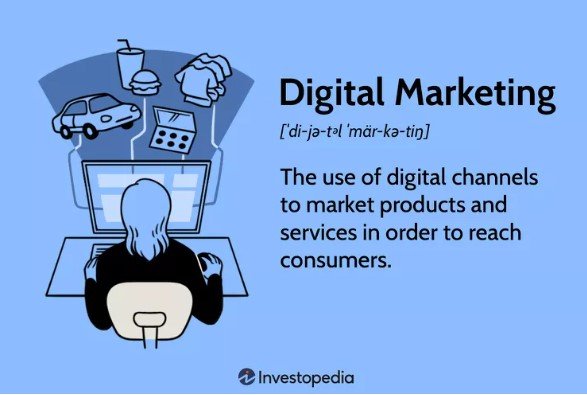
Digital marketing refers to the promotion of products or services using digital channels such as the internet, mobile apps, social media platforms, and even traditional media like TV and radio. It’s a broad field that includes various strategies, all designed to help businesses engage with their target audience and convert them into loyal customers.
Some common types of digital marketing include:
- Search Engine Optimization (SEO): This involves optimizing your website so that it ranks higher on search engines like Google. It helps increase visibility and attracts organic traffic.
- Pay-Per-Click Advertising (PPC): This is when you pay for your ads to appear on search engines or social media platforms, allowing you to drive traffic directly to your website.
- Social Media Marketing: Using platforms like Facebook, Instagram, Twitter, and LinkedIn to promote your brand, engage with users, and build a community around your products or services.
- Content Marketing: Creating valuable content—such as blogs, videos, and eBooks—to attract and engage your audience, nurturing them through their buying journey.
But digital marketing isn’t just about online techniques. It also includes offline digital marketing methods like:
- Out-of-home Advertising: Billboards and transit ads that help promote your brand in physical locations.
- TV and Radio Marketing: Traditional media platforms still play a role in spreading brand awareness, even in the digital age.
Why Digital Marketing Matters
In the past, businesses spent large sums on traditional advertising like billboards, radio, and TV. But things have changed.
Today, companies like Google and Facebook generate more revenue than most traditional media outlets. And with mobile phones in the hands of billions, digital marketing has become even more powerful.
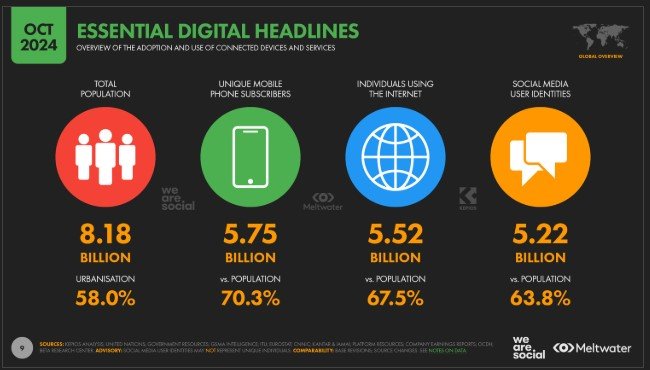
Consider this: There are 5.44 billion mobile phone users worldwide, and nearly 5.16 billion people are using the internet. The numbers speak for themselves—your customers are online, and you need to be there, too.
Even small local businesses can benefit from digital marketing. A survey by Digital.com shows that 43% of people conduct a local search on their smartphones before visiting a physical store. This means that no matter the size of your business, you can leverage digital marketing to reach potential customers.
Key Benefits of Digital Marketing
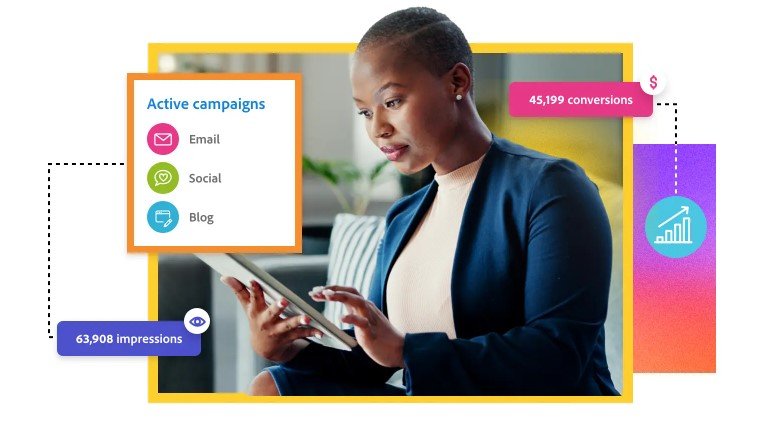
Digital marketing isn’t just a passing trend—it offers significant advantages that traditional methods can’t match:
- Access to Data: Digital marketing provides valuable insights into your customers’ behaviors and preferences. By analyzing this data, you can optimize your strategies and improve your results.
- Wider Reach: With billions of users on platforms like Facebook, Twitter, and Instagram, digital marketing gives you access to a broader audience than traditional methods could ever reach.
- Cost-Effective: Compared to TV or print ads, digital marketing is far more affordable. You can create highly targeted campaigns with a better return on investment (ROI).
- Greater Engagement: Tools like social media and email marketing allow you to directly engage with your audience, keeping them interested in your brand and increasing the chances of conversion.
- Measurable Results: You can track your campaigns’ performance through tools like Google Analytics and Ubersuggest, providing you with valuable data to assess your efforts.
- Staying Competitive: Your competitors are likely using digital marketing, and you don’t want to fall behind. Email marketing, for instance, offers the highest ROI among digital strategies, making it essential for staying competitive.
The Future of Digital Marketing
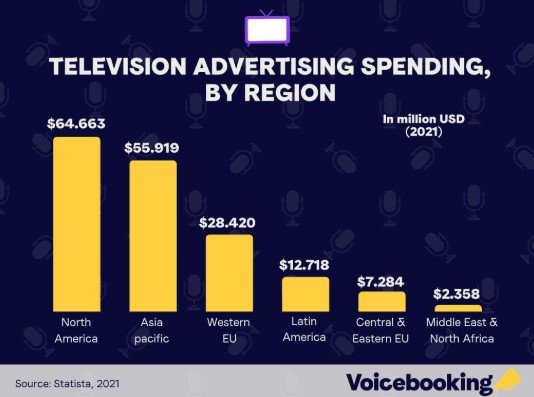
As digital marketing continues to grow, experts predict that global digital ad spending will reach $835 billion by 2026. This highlights just how crucial digital marketing will be in the future.
In conclusion, digital marketing is more than just a strategy—it’s a necessity for businesses in today’s competitive market. It allows you to engage with customers, reach a global audience, and ultimately drive revenue. If you want to stay ahead of the curve, it’s time to embrace digital marketing and harness its full potential.
Digital Marketing: What It Is and Why It Matters
Digital marketing can be broadly divided into two categories: online and offline marketing. Here, we will focus on the online marketing aspect, exploring its key components to provide a clear understanding of each.
Key Areas of Online Marketing:
- Search Engine Optimization (SEO)
- Search Engine Marketing (SEM)
- Content Marketing
- Social Media Marketing (SMM)
- Affiliate Marketing
- Email Marketing
1. Search Engine Optimization (SEO)

SEO is all about making your website and content more appealing to search engines, improving visibility and page rankings. A well-executed SEO strategy includes:
- Keyword Research: Identifying the terms your target audience is searching for.
- Content Creation: Developing high-quality, engaging content.
- User Experience Optimization: Enhancing website speed for a better user experience.
- Analytics Monitoring: Tracking what works and refining your strategy accordingly.
The ultimate goal is to increase organic traffic to your site, resulting in higher conversion rates. Although SEO yields long-term results, it takes time—typically a few months—but the results are worth the wait.
Real-World Success Stories:
- CNN saw a 91% increase in search audience.
- DesktopReady boosted users by 409%.
- Verint increased organic search clicks by 32% year-on-year.
SEO remains a powerful, organic way to attract individuals actively looking for your offerings.
2. Search Engine Marketing (SEM)
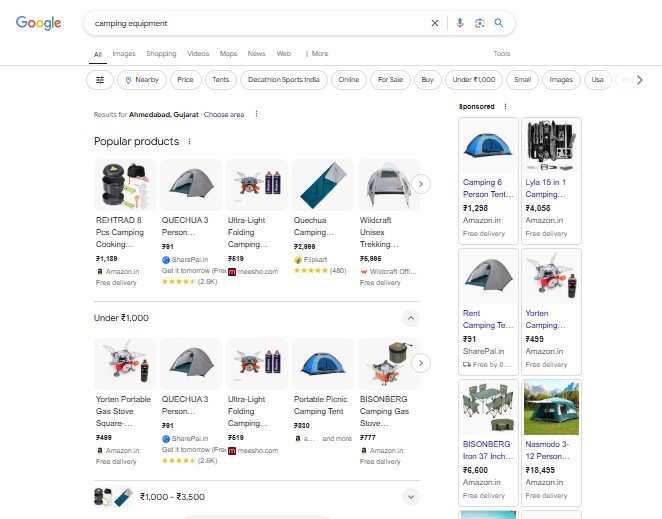
SEM involves promoting your website through paid advertisements. The most common form is pay-per-click (PPC), where businesses bid on keywords relevant to their audience. These ads appear when a user searches for a related term. You only pay when someone clicks on your ad.
The primary advantage of SEM is speed—you see immediate results compared to SEO. However, it can be expensive, especially without a solid strategy.
Effective Use of SEM:
- Skyscanner efficiently uses PPC to drive traffic directly to landing pages tailored to the user’s search intent.
- ProteinWorks dominates Google’s paid search results for relevant keywords.
3. Content Marketing
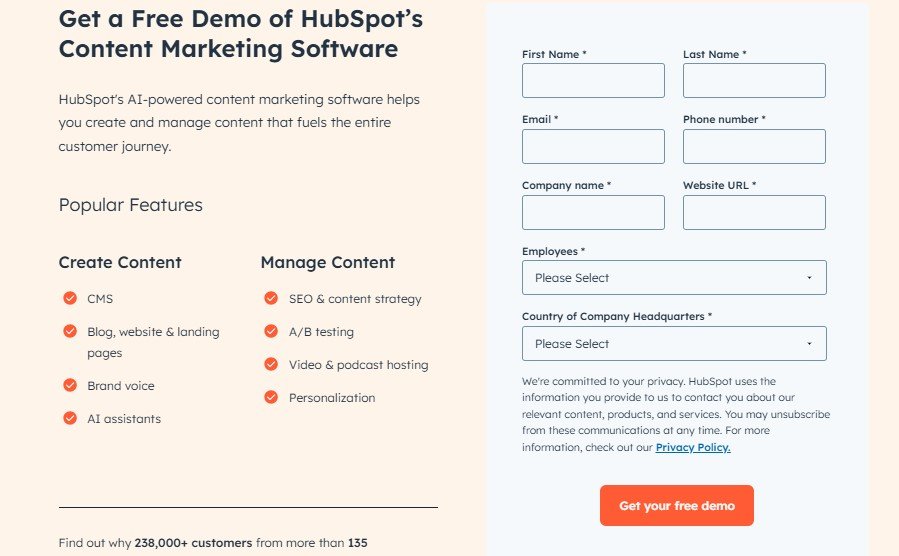
Seth Godin aptly described content marketing: “Marketing is no longer about the stuff that you make, but the stories you tell.” Content marketing focuses on creating valuable, engaging content that educates, entertains, or solves problems for your audience.
Content can take many forms, such as:
- Blog posts
- Long-form articles
- Videos
- Infographics
- Email newsletters
The power of content marketing lies in building trust and fostering long-term relationships with customers. A recent survey found that 75% of respondents believe content marketing plays a key role in building brand trust.
However, content marketing is a long-term commitment. Creating high-quality content consistently requires time and effort, but the results—such as increased engagement and enhanced SEO—are well worth it.
Example:
- HubSpot effectively uses blogs, videos, podcasts, and free resources to engage its audience and drive traffic.
4. Social Media Marketing (SMM)
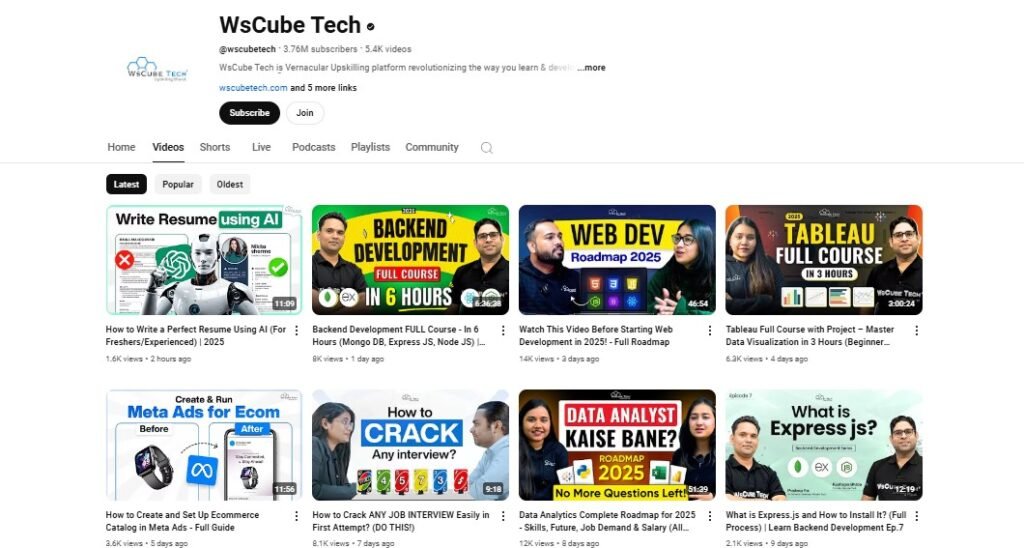
Social media platforms offer a dynamic way to engage with your target audience, build brand awareness, and promote products or services. Whether it’s organic content or paid ads, social media marketing helps you reach a large, diverse audience.
Key Components:
- Choosing the right platform for your audience.
- Creating resonant, shareable content.
- Engaging with followers through comments, likes, and shares.
Paid social media ads enable precise targeting based on demographics, interests, and behaviors.
Challenges: With the sheer volume of content on social media, standing out can be tough. Also, you’re dependent on the platform’s policies and algorithm changes.
Example:
- Wendy’s stands out by using humor and sharp wit on X (formerly Twitter), sparking memorable interactions with its audience.
5. Affiliate Marketing
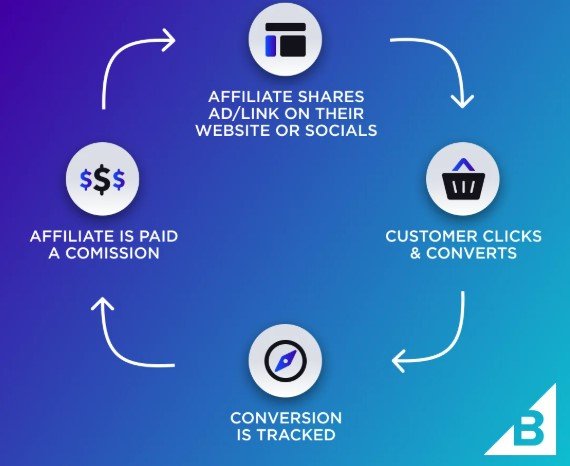
Affiliate marketing involves partnering with affiliates who promote your products in exchange for a commission on sales they generate. This strategy significantly broadens your reach at a relatively low cost.
Affiliates can promote products via blogs, social media, or video platforms like YouTube. Each time someone makes a purchase through an affiliate link, the affiliate earns a commission.
While affiliate marketing helps expand reach, it can be difficult to manage, especially with large networks. Fraud risks and tracking accuracy are also challenges to consider.
Example:
- Shopify uses affiliate marketing effectively, offering commissions of up to $2,000 per sale, which attracts many affiliates.
6. Email Marketing
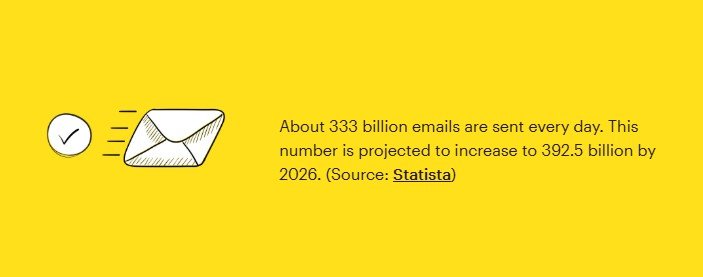
Email marketing remains one of the most effective ways to engage and retain customers. Through targeted emails, businesses can deliver personalized messages, offers, and updates directly to customers’ inboxes.
Key benefits of email marketing include:
- Better targeting and segmentation.
- Measurable results (open rates, click-through rates).
- Enhanced personalization.
However, compliance with legal regulations like the CAN-SPAM Act and GDPR is crucial to avoid legal pitfalls.
Example:
- Starbucks utilizes email marketing creatively, incorporating animation and exclusivity to engage members of its loyalty program.
Offline Digital Marketing Overview
While digital marketing often refers to online efforts, offline digital marketing uses digital technologies outside the internet. This includes mobile devices, radio, and television. These strategies are typically combined with online efforts for a comprehensive marketing approach.
Popular Offline Digital Strategies:
SMS Marketing
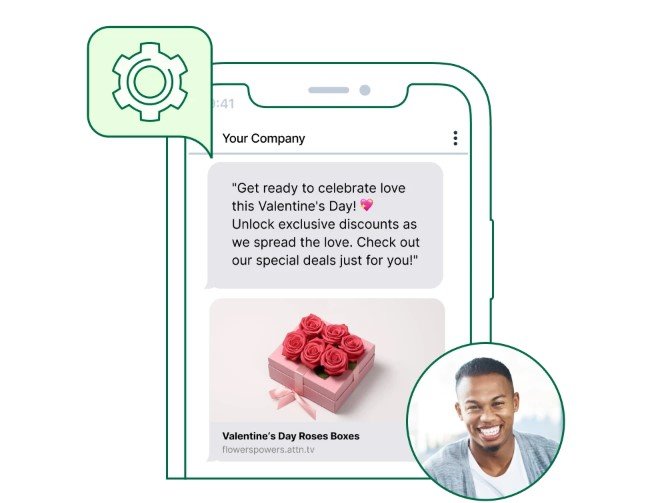
SMS marketing takes advantage of the widespread use of mobile phones. With a 98% open rate and 90% of texts read within 3 minutes, SMS marketing is highly effective. Customers prefer texts over phone calls due to convenience.
Ways to Leverage SMS Marketing:
- Sending special deals, discounts, or offers.
- Using reminders for customer service (e.g., prescription pick-up alerts).
- Promoting loyalty programs or exclusive deals.
Example:
- Monsoon boosted online sales by 10% through SMS marketing campaigns offering exclusive discounts.
Digital marketing encompasses a variety of strategies, both online and offline, each playing a vital role in reaching and engaging with consumers. By combining SEO, SEM, content marketing, SMM, affiliate marketing, email marketing, and even offline tactics like SMS marketing, businesses can create a holistic, effective marketing approach that drives results and builds lasting customer relationships.
QR Codes: A Gateway to Digital Interactions
QR codes are becoming a standard way for brands to connect with their audiences. They are barcodes that, when scanned, quickly direct users to websites, apps, or specific content. For example, this QR code takes users straight to the English Wikipedia homepage.
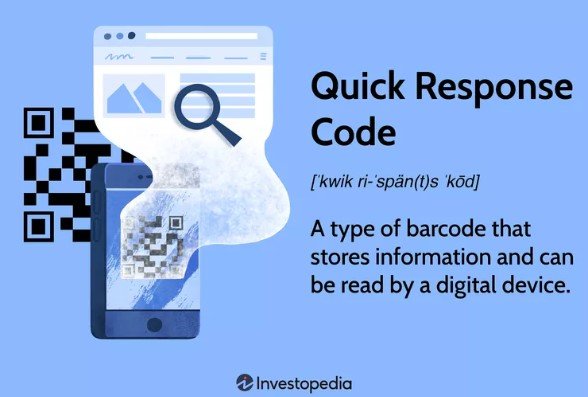
In the past, scanning QR codes required a specific app, but now, your smartphone’s camera can do the job. With the convenience of this simple tool, businesses can use QR codes to promote advertisements, send customers to videos, or even integrate them into innovative offline marketing campaigns. Coca-Cola, for instance, recently used QR codes as functional art in one of their marketing campaigns.
Beazley, an insurance company, took this innovation to new heights in April by programming 400 drones to create a massive scannable QR code in the sky, directing people to its website during a special marketing event.
4 Simple Steps to Craft Your Digital Marketing Strategy
Creating an effective digital marketing strategy doesn’t have to be intimidating. Whether you’re a seasoned brand or a new startup, a well-thought-out digital marketing plan is essential to reaching your audience and driving growth. Let’s break down the process into four key steps:
1. Understand Your Audience
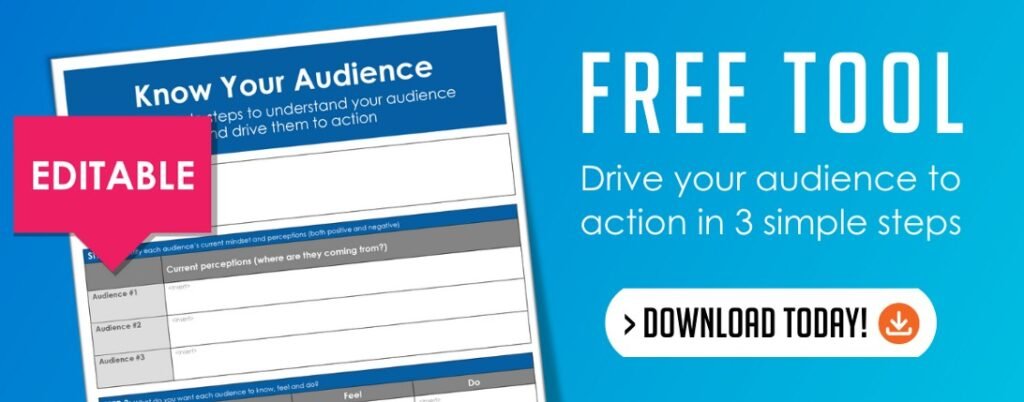
Before jumping into your digital marketing efforts, it’s crucial to understand your target audience. Defining who your ideal customer is and what they want can make all the difference.
Think about these factors:
- Demographics: Age, gender, education, and location.
- Buying Behavior: How much do they spend? Where do they shop?
- Psychographics: What are their values, interests, and preferences?
By gathering this information, you can optimize your marketing efforts, ensuring your budget is spent reaching the people who are most likely to engage with your brand. Start by identifying your market’s needs and analyze your competitors’ strategies to understand the type of content that works best in your industry. Tools like BuzzSumo and AnswerThePublic can provide valuable insights into trending topics and audience interests.
2. Set Clear, Measurable Goals and KPIs
A common mistake many brands make is setting vague marketing goals. Instead of aiming for something abstract like “increase brand awareness,” try setting measurable goals. For example, “Increase conversions of product X by 5% within the next three months.”
By focusing on quantifiable goals, you can track progress and adjust strategies as needed. Establishing key performance indicators (KPIs) is crucial to understanding how well your marketing efforts are performing. These metrics will guide your campaigns, allowing you to experiment, measure success, and refine your approach.
3. Build and Implement Your Strategy
With your audience in mind and goals set, it’s time to develop your digital marketing plan. The next step is choosing the right channels to reach your audience. Whether it’s paid social media ads, email marketing, or influencer partnerships, start small and track the effectiveness of each channel.
For example, you might test Facebook ads with a limited budget. After gathering data, you can evaluate how successful Facebook is for your business and scale accordingly. This method minimizes risk while providing clear insights into which strategies work best.
4. Continuously Improve
The digital marketing landscape is constantly evolving, and so should your strategy. Regularly review your results, identify what works, and adjust areas that aren’t performing well. Growth isn’t always linear, but by continuously experimenting, optimizing, and refining your strategy, you’ll ensure long-term success.
The Future of Digital Marketing: Embracing New Technologies

As digital marketing continues to evolve, new tools and technologies are emerging, offering exciting opportunities for marketers to reach their target audience more effectively. From AI to augmented reality (AR), let’s explore how these innovations are reshaping the marketing world.
Artificial Intelligence (AI)
AI is transforming the way businesses approach digital marketing. With the ability to analyze large amounts of data, AI helps marketers create personalized experiences, optimize content, and make smarter decisions. Brands like Amazon and Nike are already harnessing AI to boost customer engagement and enhance efficiency.
While AI can’t replicate the emotional appeal of a heartstring-pulling ad just yet, it excels at improving processes, driving productivity, and reducing costs. AI tools like ChatGPT can assist in content creation, SEO optimization, and segmentation, helping marketers craft effective campaigns faster.
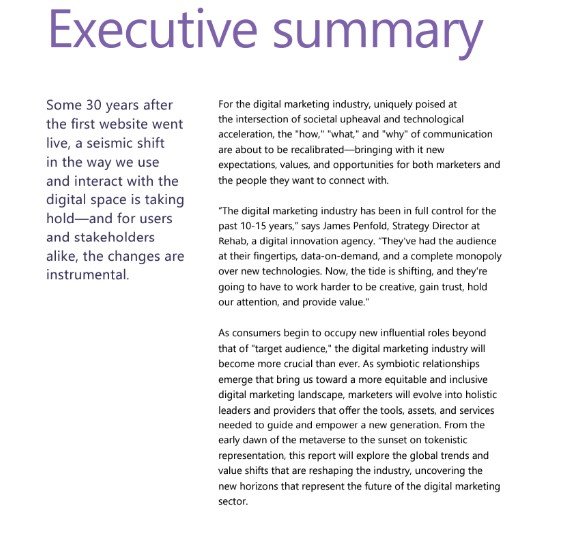
Augmented Reality (AR)
AR is quickly gaining popularity in the digital marketing world. By 2025, over a third of Gen Z is expected to shop using AR. This technology offers businesses the ability to create interactive and immersive experiences for consumers.
With AR, you can:
- Allow customers to try on products virtually, enhancing the shopping experience.
- Use location-based marketing to provide personalized information.
- Deliver engaging, interactive ads that bring your products to life.
Brands like Valentino are using AR to help customers visualize how products look on them before making a purchase. As AR continues to grow, it offers marketers new ways to engage customers, build brand awareness, and drive sales.
New Metrics for Digital Success
As new technologies emerge, digital marketers now have access to fresh metrics to evaluate the success of their campaigns. For instance, with AR, brands can track engagement through metrics like:
- How many users interact with the AR experience.
- How long they spend using it.
- The impact on brand perception and customer loyalty.
By leveraging these new technologies and metrics, digital marketers can create even more personalized, impactful marketing strategies that resonate with their audience and drive long-term success.
By embracing these advanced tools and strategies, businesses can stay ahead of the curve, continuously improving their digital marketing efforts while adapting to the ever-changing landscape. The future of digital marketing is bright, and those who harness these innovations will see tremendous growth and success.
Partnering with a Digital Marketing Agency: A Smart Move for Your Business
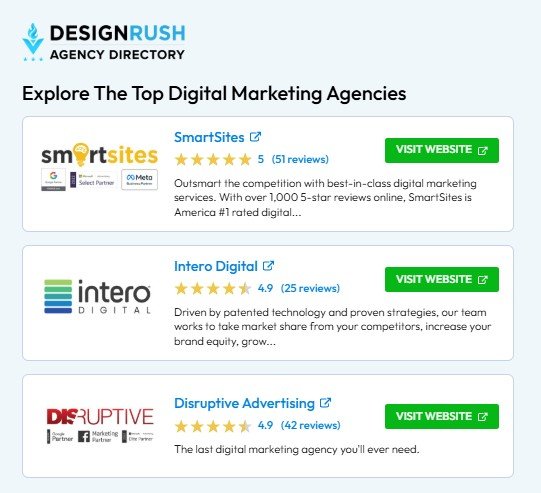
After gaining a solid understanding of digital marketing and its strategies, the next step is considering how partnering with a digital marketing agency can elevate your business. If you’re looking for support in navigating the digital world, an agency can tailor the perfect solutions for your needs.
For instance, if your goal is to launch a cost-effective online campaign targeting a large audience, a digital marketing agency can help you choose the ideal platform and design a campaign that resonates with your target customers.
Benefits of Partnering with a Digital Marketing Agency:
- Access to Specialized Expertise: Digital marketing agencies bring specialized knowledge and experience to the table. With a team skilled in different areas, such as SEO, content marketing, and social media, you can benefit from diverse perspectives and comprehensive strategies.
- Scalability to Support Your Growth: As your business expands, you may face challenges in scaling your marketing efforts. A digital marketing agency can address both the talent and customer acquisition needs that come with growth.
- A True Partner in Your Success: Unlike hiring an in-house employee, an agency offers a fresh dynamic, providing strategic input that goes beyond the typical job description. A dedicated agency team can guide you toward achieving long-term marketing success.
How to Choose the Right Digital Marketing Agency for Your Business
Selecting the right digital marketing agency is crucial for your success. Here are some tips to help you make the best choice:
- Clarify Your Goals: Define your marketing objectives and desired outcomes before you start looking for an agency. This will help you find a partner that aligns with your vision.
- Evaluate Their Portfolio: A professional agency will showcase its work with past clients. Check their portfolio to assess their experience and the quality of their work.
- Look for Experience and Expertise: Ensure that the agency has the right team with the relevant skills and experience for your project. Search for reviews, recommendations, and credentials on platforms like LinkedIn or Google.
- Check for Social Proof: Testimonials and client reviews can offer valuable insight into an agency’s performance and how they handle client relationships.
- Align on Core Values: It’s essential that the agency shares your company’s values and culture. A good cultural fit makes collaboration smoother and ensures better outcomes.
- Evaluate Their Website: A well-designed website is a reflection of an agency’s abilities. If they can’t execute a top-notch design for themselves, they might not deliver the same for your business.
- Be Wary of Unrealistic Promises: If an agency claims to quickly rank you #1 on Google, they may lack a realistic understanding of SEO. SEO takes time and ongoing effort.
- Ensure Easy Communication: The best agencies are easy to reach. They provide clear and accessible contact options for inquiries.
If you’re in need of digital marketing services, I have connections with reputable agencies worldwide that can support your business goals.
Maximizing Your Partnership with a Digital Marketing Agency
To get the most out of your partnership with a digital marketing agency, ensure that you set the stage for success from the start. Here’s how you can help ensure effective collaboration:
- Prepare Your Team: Ensure your team is informed and aligned on the project’s scope and objectives. Proper preparation will set the tone for a smooth collaboration.
- Understand the Scope, Process, and Timeline: Before starting, ensure you and your agency are on the same page about the project’s size, scope, and expected timeline.
- Collaborate Actively: Digital marketing thrives on collaboration. Share your insights, ideas, and feedback to help shape the project in a way that aligns with your goals.
- Let the Experts Lead: Remember, you’ve hired the agency for its expertise. Give them the space to execute their strategies and listen to their professional advice.
- Don’t Hesitate to Ask Questions: If you’re unsure about any aspect of the project, don’t be afraid to ask questions. Open communication is key to understanding the process and ensuring that your expectations are met.
By following these steps, you can build a strong, productive relationship with your agency and achieve the results you’ve been aiming for.
FAQ’s
To gauge the success of digital marketing, businesses track key metrics such as website traffic, social media engagement, and conversion rates. By analyzing these insights, they can determine if their strategy is driving more engagement, conversions, and repeat customers. Tools like Google Analytics make it easy to monitor and assess these metrics, providing valuable data to optimize marketing efforts.
The first step in crafting a digital marketing plan is setting clear goals and identifying your target audience. Once you understand your audience, businesses can leverage tools like social media platforms, content marketing, and online advertising to form a solid foundation for their strategy. As you gather data, you can focus on the most effective methods for your business and refine your approach for better results.
Digital marketing refers to the promotion of products and services through various digital channels and technologies, including the internet, mobile devices, social media, and email. It encompasses strategies such as SEO, content marketing, social media marketing, and online advertising to reach and engage consumers effectively.
The main types of digital marketing include:
Search Engine Optimization (SEO)
Content Marketing
Social Media Marketing
Email Marketing
Pay-Per-Click (PPC) Advertising
Affiliate Marketing
Influencer Marketing
Display Advertising
Digital marketing is crucial as it enables businesses to reach a broader audience, personalize customer experiences, and measure campaign effectiveness in real-time. It also allows for cost-effective strategies that can be adjusted quickly based on performance metrics.
Yes, digital marketing is considered a promising career due to the increasing reliance on digital channels by businesses. The demand for skilled digital marketers continues to grow as companies seek to enhance their online presence and connect with consumers effectively.
Essential skills for a career in digital marketing include:
Analytical skills for data interpretation
Creativity for content creation
Technical knowledge of SEO and web analytics
Proficiency in social media platforms
Strong communication skills
The 7 C’s of digital marketing are:
Customer: Understanding customer needs and preferences.
Cost: Evaluating the cost-effectiveness of strategies.
Convenience: Ensuring ease of access to products/services.
Communication: Engaging effectively with customers.
Content: Creating valuable and relevant content.
Community: Building relationships within target audiences.
Conversion: Focusing on turning leads into customers
SEO, or Search Engine Optimization, is the practice of optimizing web content to improve its visibility in search engine results. This involves using keywords, creating quality content, and enhancing website structure to attract organic traffic.
Digital marketing utilizes online platforms and technologies to reach consumers directly, allowing for targeted messaging and real-time feedback. In contrast, traditional marketing often relies on broader channels like print or TV ads that do not offer the same level of interaction or measurement.
Successful examples include:
Nike’s personalized email campaigns that engage customers based on their preferences.
Coca-Cola’s “Share a Coke” campaign which encouraged social media sharing.
Airbnb’s use of user-generated content to enhance brand authenticity
Conclusion
Now that you understand what digital marketing is and how it can propel your business forward, you’re ready to take the next steps in reaching new audiences.
Regardless of your goals or budget, a digital marketing strategy can help you grow and connect with customers. Remember, success in digital marketing requires constant learning and optimization.
Stay on top of the latest tools and trends, and continue innovating to enhance lead generation and foster lasting customer relationships.





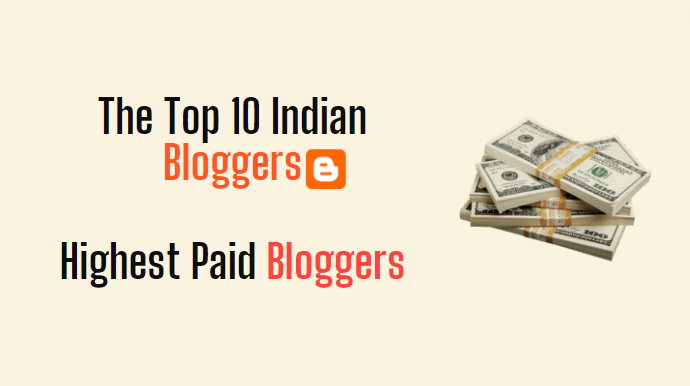


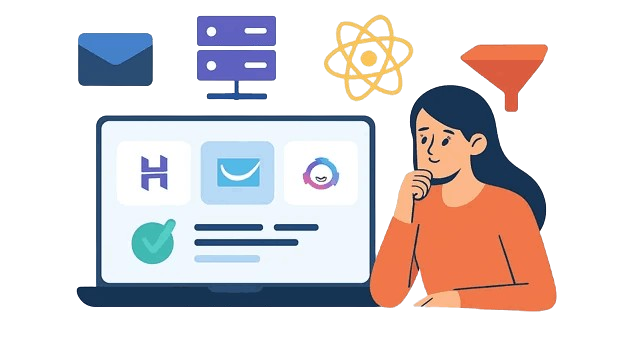
Great blog Jay! Thank you for sharing this important information. Whenever I read your article, sir. I am also motivated with learning.
Glad you appreciated it.
Hi, I do not usually read the entire content but thank you that I have gone through every word of this article. I really liked the Radio Music Television Marketing section and came to know about the idea of physicist Heinrich Hertz. I have also saved an image to print it for my desk. Thank you very much for this kind of information. I subscribed to the update. Thank Jay Prajapati
That’s my pleasure Thanks:)
Thank you for all the insights. I found it really useful for my first campaign.
I am very happy for you.